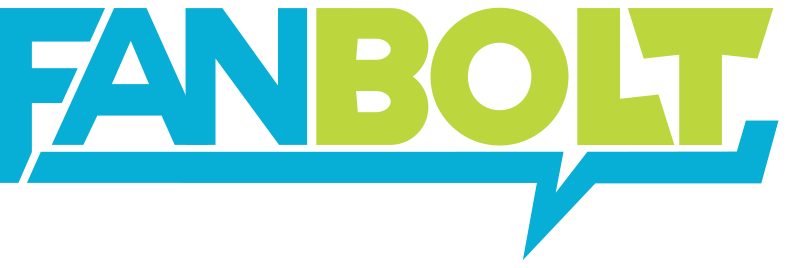Invincible Season 1 Review: Edgy Adaptation of the Comic Book

Invincible Season 1, created by Robert Kirkman, follows newly-minted teenage superhero Mark Grayson whose half Viltrumite and half-human. The series is based on the comic book of the same name that Kirkman created in 2005.
The animated show brings events forward in time and erases how Mark eased into his new reality as a caped crusader. Mark’s powers are awoken, then bam suddenly he has to learn how to control his new abilities, balance school, friends, and superhero duties, and deal with his family’s drama. Characters like his father Nolan Grayson, a.k.a. Omni-Man, and Cecil Stedman’s real intentions come to light sooner than in the comics. Nolan turns out to be an invading alien force rather than a loving father from a different world, cutting Mark’s time to ease into his responsibilities.
Invincible Season 1 is a fun, violent, and more progressive version of the comic book series. Making a perfect comparison between comics and the television show is challenging, but I will compare the first season with the first volume.
The first volume covers the first four issues of Invincible. Throughout the first volume, Mark still sees his father, Nolan, as a powerful, honorable Viltrumite who came to Earth to help humankind. He fell in love with Debbie Grayson; then they had Mark. The whole world still believes that Omni-Man wants to protect the Earth from villains. The Guardians of the Globe are still alive, and Mark’s superhero friends remain in the Teen Team.
Invincible (Mark) has the time to be mentored by his father and take on small-time villains like teacher Mr. Hiles. It’s not until issue ten when Nolan kills The Guardians of the Globe, forcing his son to step up and try to defeat him.
In the animated series, Nolan secretly murders his “friends” in the first episode leading the audience to be suspicious of him the whole time instead of seeing him as Kirkman’s version of Superman. Every time Omni-Mann acts, there seems to be a sinister motivation, and all sweet family moments are ruined. Mark has to take on the responsibilities of a significant superhero right away while also learning from his Dad. To some degree, I understand why Kirkman made this change because, in television, you need to get into the action right away.
My main problem with this erasure of Mark’s breathing time is that it destroys the ability of the audience to understand the theme of the comic books. Invincible is primarily a coming-of-age story with a superhero twist. One of the main themes is that you realize that your parents are not perfect when you edge closer to entering adulthood. Parents, stop being indestructible “heroes” in your eyes. By witnessing Omni-Man pull apart and destroy the heroes of Earth, the audience can’t see Nolan through his son’s eyes. We lose the comic’s nuanced characterization by not seeing Nolan as a devoted family man; instead, right from the start, he is an insidious alien who is leaving Earth vulnerable to attack. The horror of seeing the murders is tempered because the viewer doesn’t witness multiple episodes of Nolan being a great person who always does the right thing. If Kirkman had held off until four episodes in before having Omni-Man kill his friends, it would have been more of a gut punch, and the coming-of-age themes would seem more visible.
Kirkman updated many of the characters, making them fit into the present-day media landscape that embraces diversity. Mark and his mother, Debbie, are played by two Korean American actors. Steven Yeun performs as Mark. Sanda Oh performs as Debbie. Though it’s not evident by these drawings that these characters are Asian American, it’s clear by the casting that they are of Korean descent. African American actress Zazie Beetz performs as Mark’s first love interest and girlfriend Amber Bennett. In the comic books series, she was blonde and blue-eyed. But after casting Beetz, Kirkman wrote her as a Black character. Mark’s best friend William Clockwell, performed by Andrew Rannell, is an out gay character from the jump. Invincible instantly feels more modern because the majority of the main characters are not white heterosexual males. More importantly, the superhero show reflects the actual world we live in and casts diverse actors.
One of the funniest parts of the series is the gag with the Invincible title cards. The joke happens whenever a character says Mark’s superhero moniker. For example, in episode three, “Who Are You Calling Ugly?” Mark talks to Eve about how he feels after the funeral for The Guardians of the Globe. He explains how if The Guardians of the Globe can be killed, none of them are … edit to a title card stating in the big capital letters “Invincible.” The gag lightens the mood whenever there’s a bloody or a heartbreaking scene. The title cards also remind the viewer that Mark has to inhabit the role of the invincible superhero. Something difficult for Mark because he is still struggling to figure out his own identity.
I would recommend Invincible Season 1 to fans of the comic book series and fans of media that turns the superhero genre on its head. The animated series makes some significant changes from the comics, but Robert Kirkman being at the helm guarantees it still has the same spirit.


Responses